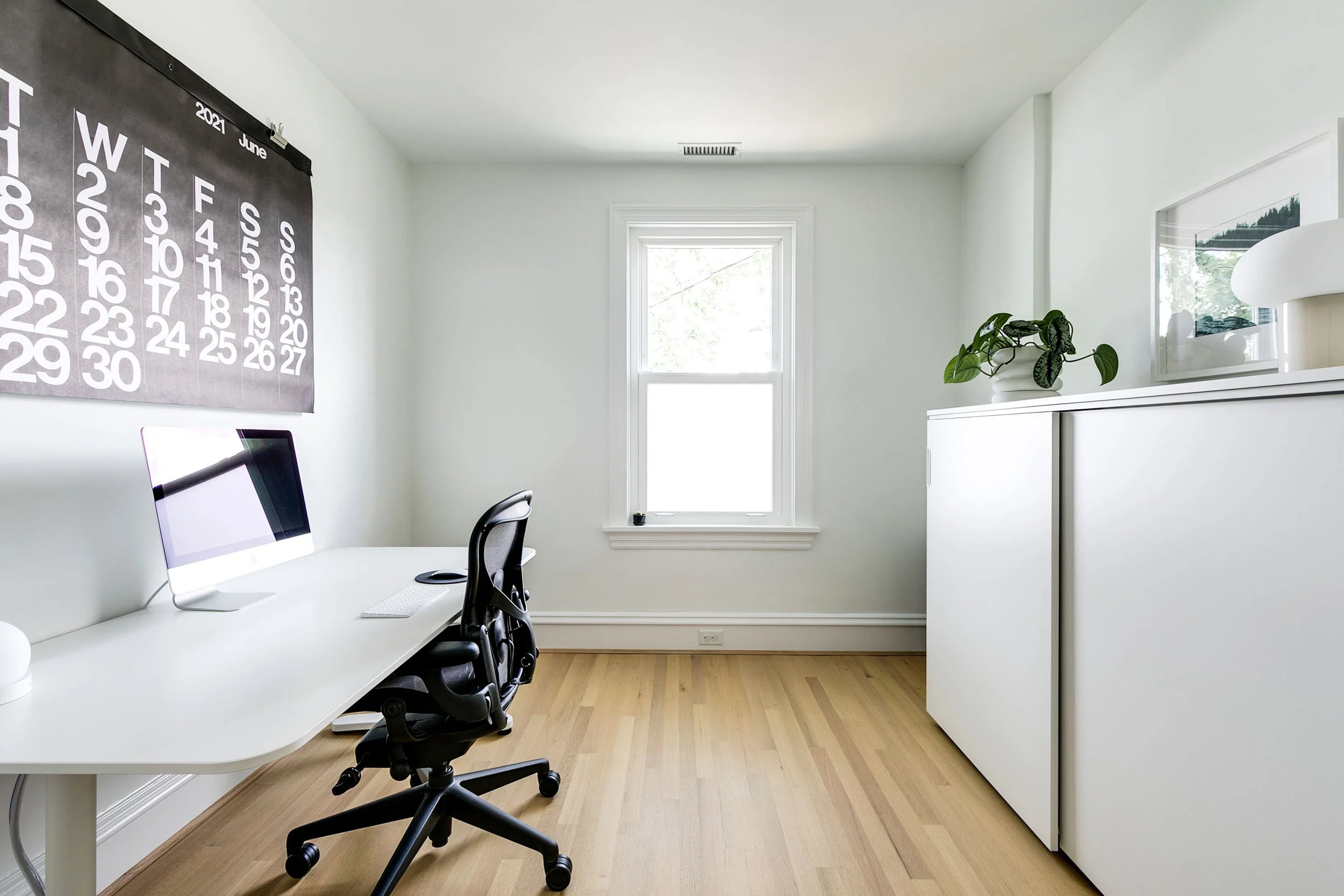You improve your home environment when shared spaces stay clean and easy to use. These areas include living rooms, kitchens, hallways, and any place more than one person uses daily. Clear systems help everyone know where items belong. Many readers on Sweat Sign use simple organizing habits to keep shared spaces functional. You can create the same structure in your home with a few practical steps.
Understand How the Space Gets Used
You organize better when you know who uses the space and how often. Watch the daily flow of the area. Notice which items stay out of place. Notice which tasks happen in the space. Write down the main activities. This gives you a clear idea of what the space must support.
Identify the Problem Areas
You improve shared spaces when you identify what causes clutter. Look at the surfaces that collect items. Check corners that fill up fast. Check shelves or baskets that stay unused. You solve problems faster when you know the main sources of disorder.
Assign Zones for Different Activities
You make shared spaces easier to manage when you divide them into zones. Create a reading zone, a play zone, or a study zone. Assign a cleaning zone for supplies. Keep each zone small and clear. Guide Promotion often highlights how zones help break down large tasks. You can apply the same approach to your shared areas.
Choose Storage That Matches the Space
You keep shared spaces neat when you use storage that fits the area. Choose low baskets for kids. Choose shelves for books and decor. Choose bins for toys and small items. Measure the space before buying storage. This prevents overcrowding and helps each item stay in its place.
Label Storage for Shared Use
You reduce confusion when you label storage that everyone uses. Use simple words. Choose medium sized labels. Place them at eye level. Labels help family members or roommates know where items go. This supports a cleaner and more organized routine.
Limit How Many Items Stay in Shared Spaces
You keep the area clean when you avoid filling it with unnecessary items. Remove things that do not belong. Leave only essential items. This prevents clutter from building up and keeps the space easy to maintain.
Create a Drop Zone Near the Entrance
You reduce hallway clutter when you add a small drop zone near the entrance. Use hooks for bags. Use a tray for keys. Use a basket for shoes or accessories. This keeps items from spreading across the home.
Use Furniture With Built in Storage
You gain more control over shared spaces when you choose furniture that holds storage. Use ottomans with storage. Use coffee tables with drawers. Use benches with hidden compartments. This helps you keep items hidden but still easy to reach.
Add Clear Rules for Shared Use
You manage shared spaces better when everyone follows the same rules. Set simple expectations. Ask each person to put items back in their zone. Ask family members to clear surfaces after use. Keep rules short so everyone remembers them.
Use Color Coding for Family Items
You avoid mix ups when you assign colors for each person’s items. Choose one color for each family member. Use colored bins or labels. This helps each person find their items without confusion.
Keep Surfaces Clear
You maintain order when you keep surfaces free from extra items. Leave only decor or essentials. Clear surfaces make the space easier to clean. They also help the area look open and organized.
Create a Weekly Reset Routine
You keep shared spaces tidy when you reset them weekly. Put items back in their zone. Check for clutter that is collected during the week. Adjust storage if needed. This routine saves you time and prevents the space from becoming overwhelming.
Add Lighting That Supports the Space
You improve usability when you add the right lighting. Use bright lights for work zones. Use soft lights for relaxation zones. Lighting helps define how each part of the shared space functions.
Plan Cleaning Tasks for Everyone
You make shared spaces easier to maintain when you divide tasks among the people who use them. Assign dusting, vacuuming, or organizing small sections. Keep tasks simple. This helps everyone take responsibility.
Offer Easy Access to Kids
You help kids keep the space clean when you store their items at a reachable height. Use lower shelves. Use soft bins. Add labels they can read. This helps them return items to the right spot.
Review and Adjust the System Each Month
You keep shared spaces functional when you check the system monthly. Note what works. Note what needs improvement. Adjust zones or storage as the needs of your home change.
Organize Shared Spaces With Long Term Clarity
Shared spaces support daily living for everyone in the home. You create a smoother environment when each item has a clear place. Many people on Guide Promotion use small zones, labels, and simple routines to manage shared spaces. You can follow the same steps to build a home that stays organized through daily use.

